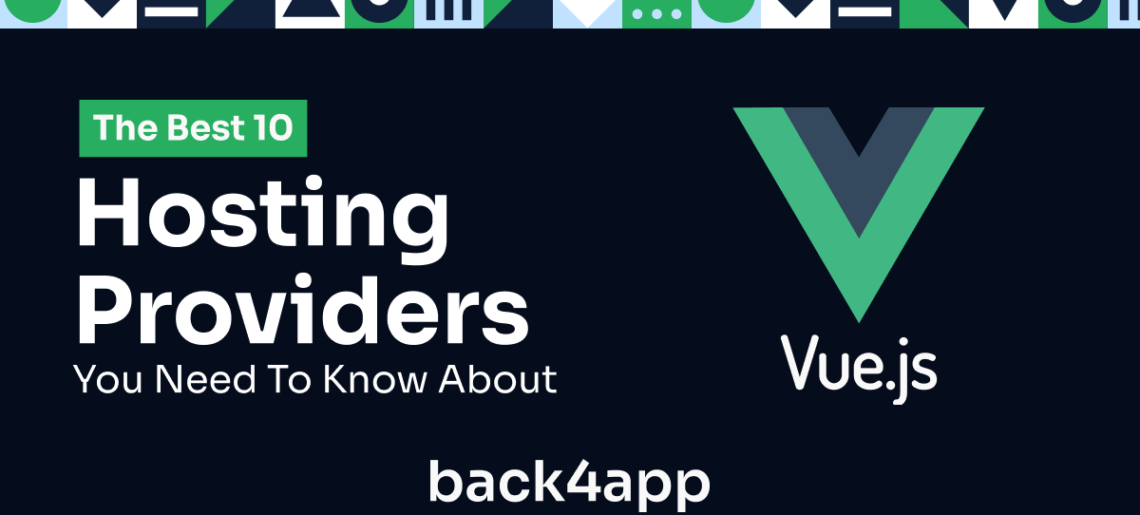This article will provide a comprehensive tutorial on how to build a backend for Vue.js. It will provide an overview about Vue.js, advantages and limitations, deployment methods available, and a step-by-step guide on how to build and host a Vue.js application.
Vue is a JavaScript framework for building flexible and performant user interfaces (UIs) and single-page applications (SPAs).
Vue is known for its progressive nature, which means it can be adopted incrementally into existing projects. Vue also features a declarative syntax, which allows you to describe your desired UI state and let Vue handle the underlying logic and updates.
In addition to its progressive nature and declarative syntax, Vue employs a virtual DOM, which is a lightweight representation of the actual DOM. This helps it to render and update the user interface efficiently.
When developing Vue apps, integrating a Backend as a Service (BaaS) platform like Back4app can offer several benefits, such as data storage and user authentication, which can greatly simplify development and save time. In this article, you will explore Vue and learn how to build an application with Vue using Back4app.
Read More









